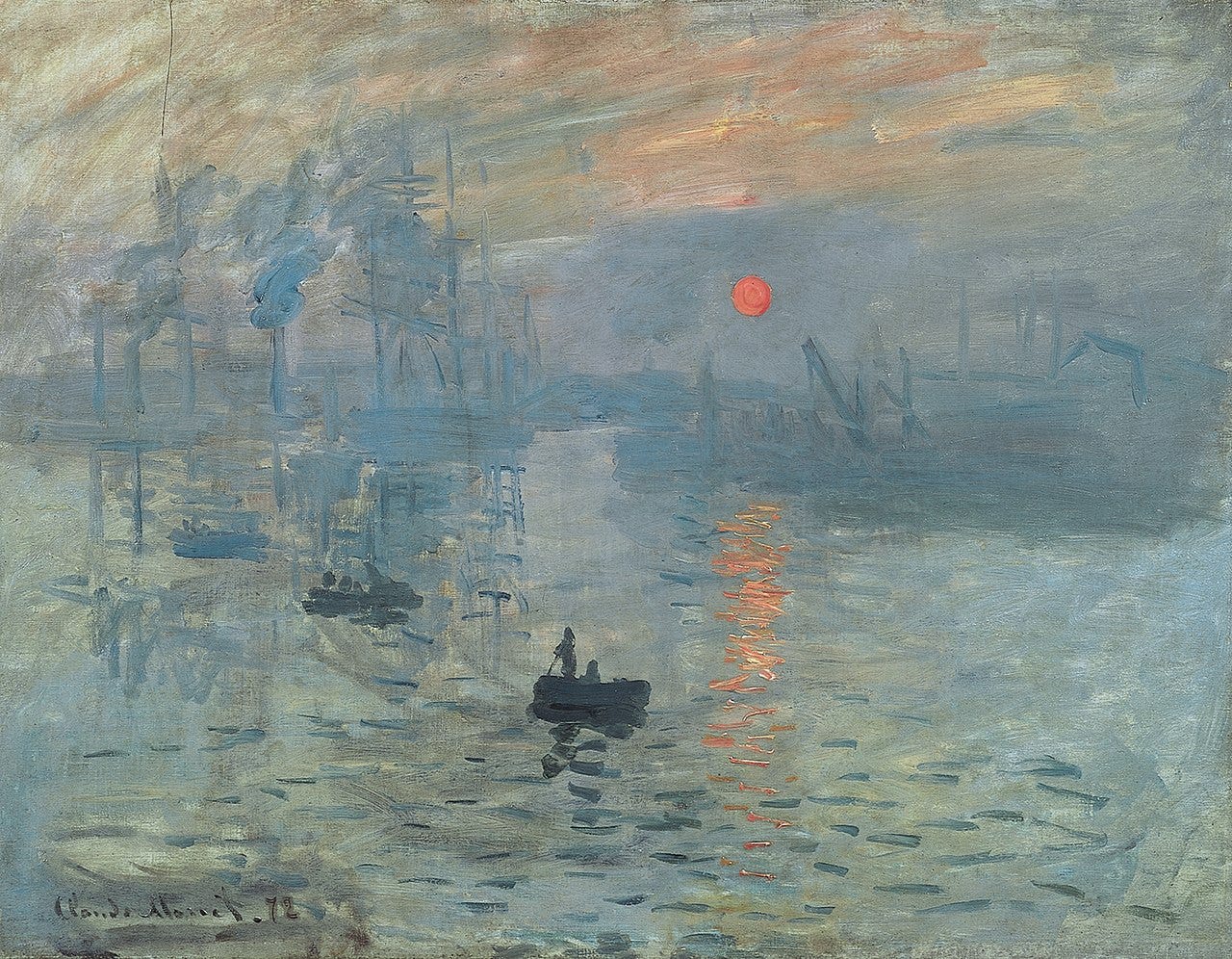Summary
The briefest of recaps regarding the last post.
(1) The primary function of the poet, and of poetry, is the figuring of the mind using poetic language.
(2) Poetic language is a kind of language closer to the true nature of language, whose characteristic use is not communication via external speech, but rather internal thinking. Poetic language is in that way nearer to a fundamental activity of consciousness. It is concerned with the metaphysical landscape of the imagination.
What is the Imagination?
For Kant, the imagination is that which synthesizes the raw sensation of experience with our categories of understanding. It is a virtual realm that images the sensory data we receive in relation to those concepts that orient us toward reality (Kant mentions those categories of quantity, quality, relation, modality).
I come across a rose. I see it. I have an impression of the rose that is not merely the sight of it, but something more, something that persists after I no longer see it. Nor is it merely a “picturing” of the rose. The imagination is not only a place of purely visual reproduction, the way we think of “picturing” something when we tell someone to close their eyes. I could also smell the rose’s perfume, or touch its petals. Those, too, create impressions. However, is it not the sensations alone which I’m reproducing. The imagination is that place where all sensibility is taken in and reproduced as conscious experience, not only according to the senses themselves, but to those concepts of understanding that make experience coherent.
Following Kant, R. G. Collingwood, in his Principles of Art, says that “imagination is a distinct level of experience at which the life of thought makes contact with the life of purely psychical experience.”
The imagination, Collingwood says, is an activity of consciousness, an intermediary experience that links sensation, or pure psychical experience, with the intellect, or the thing that grasps concepts.
What makes the rose distinct for me is not only the sensa I gather from it, not only its sight and touch and taste and smell, but also my understanding of it. That it is a rose, for example. That it’s a kind of flower. That it’s red but that that’s not the only color roses come in. That there is something quintessential about the redness of a rose… etc. These concepts, along with my sensations, form the shape of the rose in my imagination.
Kant called the imagination “a blind but indispensable function of the soul” because its activity goes on mostly automatically, without our awareness. After all, it’s not that I see the rose and then decide to imagine it. The imagination is at work all the time, a kind of virtual reality headset that’s constantly interfacing with the world, linking sensation with understanding.
But just because it goes on automatically, it doesn’t preclude me from attending to certain things within my imagination. This is what’s meant when we say that we “bring” or “call” something to mind. In its virtual landscape populated with objects, both sense impressions and ideas, we hold up this or that thing to our conscious attention. And what clarifies them to us, what deepens and makes them distinct in the mind, is language.
The Mechanics of the Imagination are Poetic
The operations of poetic language, i.e. figuration, are precisely the mechanics of the imagination. They are the ways in which we figure the mind in order to make sense of things. What are these operations? Well if you’re still reading this, you could probably name a few off the top of your head. They’re figurative language, figures of sound, figures of sense. Kenneth Burke, the literary theorist, distinguished four essential figurations, or tropes: metaphor, metonymy, synecdoche, and irony. That’s probably for another post.
Figurative language is usually understood in contrast to literal language. The distinction here becomes a bit fuzzy when we consider that “literal” comes from the Latin littera, which means “letter, literature,” or the language of books. More commonly, literal language is the language of everyday speech, the language of mere communication. It’s the use of rarefied or petrified language, of words and phrases that have assumed a conventional usage. But figurative language, as we said earlier, is language functioning at the level of the imaginative consciousness. This, again, is language closer to the true nature of language, as Collingwood explains.
Language comes into existence with imagination, as a feature of experience at the conscious level. It is here that it receives its original characteristics, which it never altogether loses, however much it is modified in adapting itself to the requirements of the intellect.
All literal language was once figurative, was once the product of a genuine creative act of consciousness, formed as a means of clarifying the imagination. All words were once picture-words, the figuring of objects, scenes, stories, so that they could be present to the mind, and apprehended. It is by this kind of poetic language that meaning is made, and it is the poet who sustains and shapes such imagery by this language alone.
To close with a quote from the literary critic Harold Bloom:
Figurations or tropes create meaning, which could not exist without them, and this making of meaning is largest in authentic poetry, where an excess or overflow emanates from figurative language, and brings about a condition of newness.
Next time I’d like to look more closely at figurative language in poetry and discuss how it shapes the imagination and gives rise to meaning.



Is it really that difficult? Writing poetry is a word game. Words and phrases prompt images. The poet plays with the anticipated reactions. The better the choice of word, the better the image. The better the thought behind the word choice, the better the poem.
Maybe a look at Wilbur's The Beautiful Changes would make for an interesting connection to that final Bloom quotation.